Man braucht ja Gelegenheiten, um einfach so Kuchen zu backen (also eben nicht einfach so)
- 2 Posts
- 36 Comments
I recently learned about the concept of chiaroscuro and I can absolutely see it here

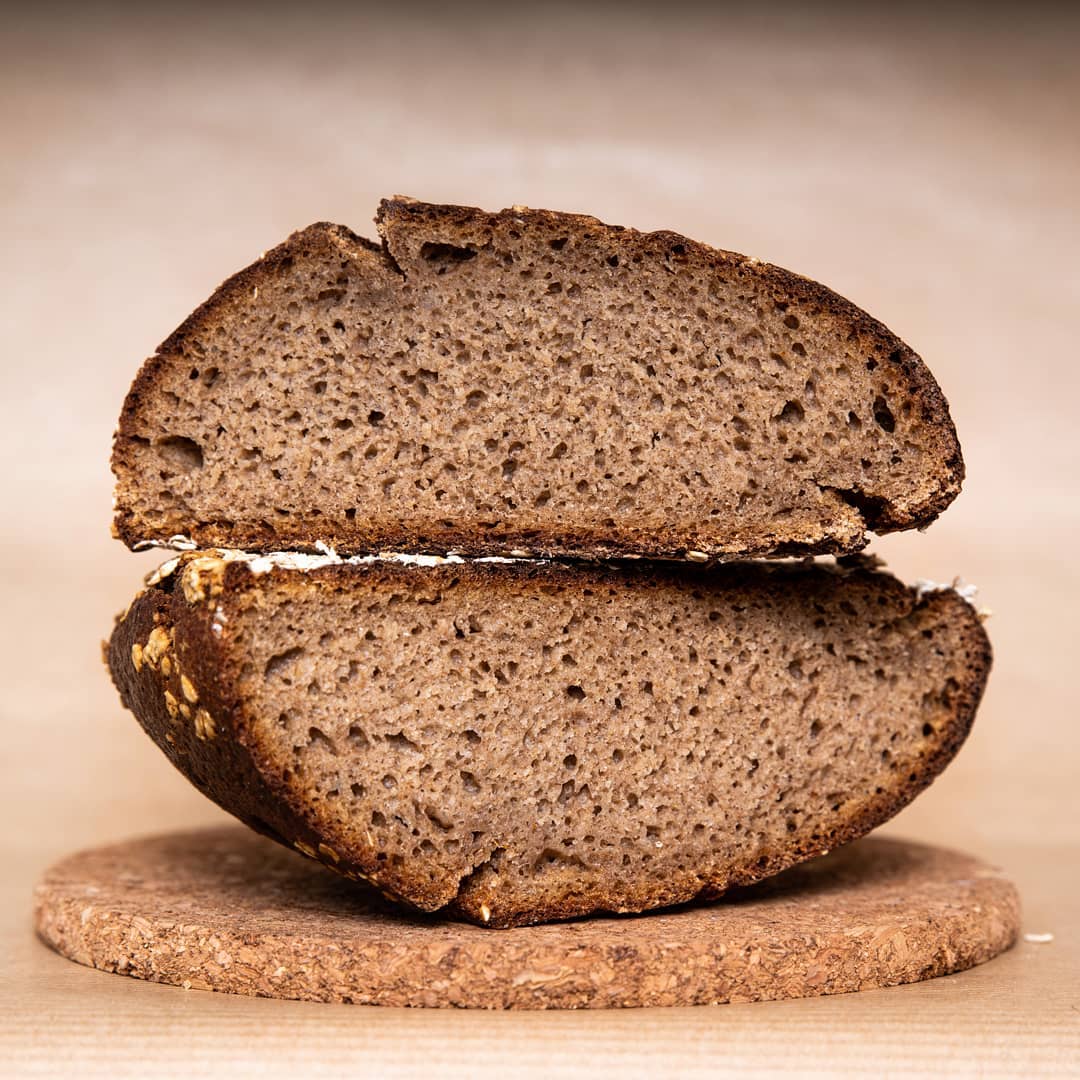 3·3 months ago
3·3 months agoThe German word for bun is “Brötchen”, a diminutive of “Brot” (bread), so we literally call a bun a “tiny bread”.

 61·4 months ago
61·4 months agoDie Tatsache, dass sich das falsche “self-made” im Deutschen mittlerweile durchgesetzt hat, nervt mich total, aber Sprache verändert sich nun mal (und ja, ich benutze Wörter wie Handy und ganz selten auch das Sprichwort “No risk, no fun”, das im englischsprachigen Raum komplett unbekannt ist)… das tut trotzdem jedes Mal in meinen Augen weh

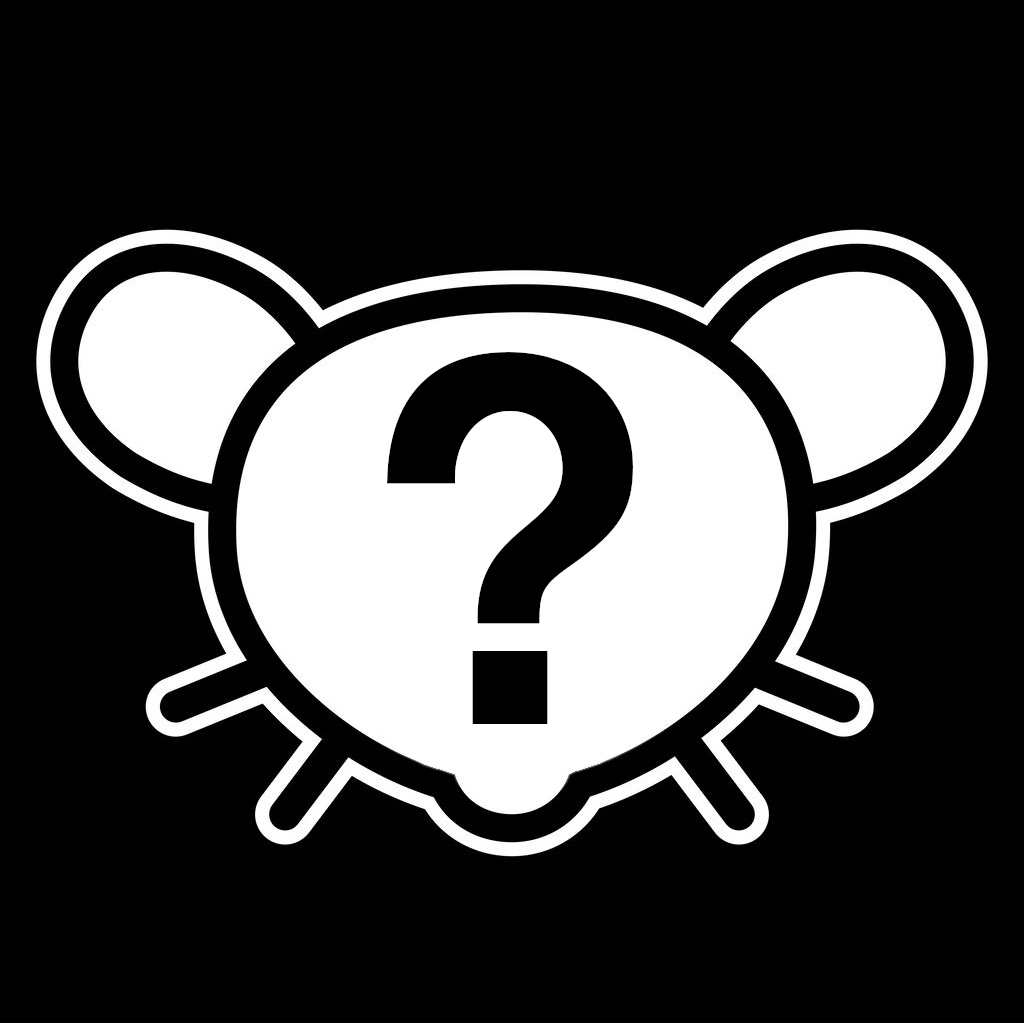 4·5 months ago
4·5 months agoImmer hinten links und mein jüngerer Bruder hinten rechts, alles andere fühlt sich einfach falsch an. Es gibt Bilder von mir als Baby, wo ich im Kindersitz hinten rechts sitze (wahrscheinlich damit meine Mutter besser an mich rankommt), aber ich denke mal, als dann mein Bruder auf die Welt kam, hab ich nach links gewechselt und das ist bis heute so.

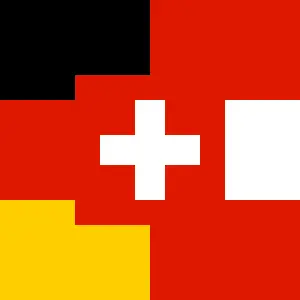 3·6 months ago
3·6 months agoJup, das ist eine immer gängigere Interferenz aus dem Englischen - im Deutschen wird eigentlich entweder nur die Jahreszahl (wie jetzt auch im korrigierten Titel) oder die Phrase “im Jahr 2025” verwendet

 18·6 months ago
18·6 months agodict.cc ist einfach so ein gutes Nachschlagewerk (vor allem die Audioaufnahmen und die total schlanke App sind klasse) und in meinem Übersetzungsstudium gab es eigentlich niemanden, der da nicht regelmäßig vorbeigeschaut hat
it looks more like a goat to me and BOY do they love climbing on stuff

 4·6 months ago
4·6 months agoI too will be as happy and carefree as Kirby in the clouds someday
for me it’s the millions and billions of teeny tiny critters living in every pillow, plushie and carpet I own, without them even paying rent!!

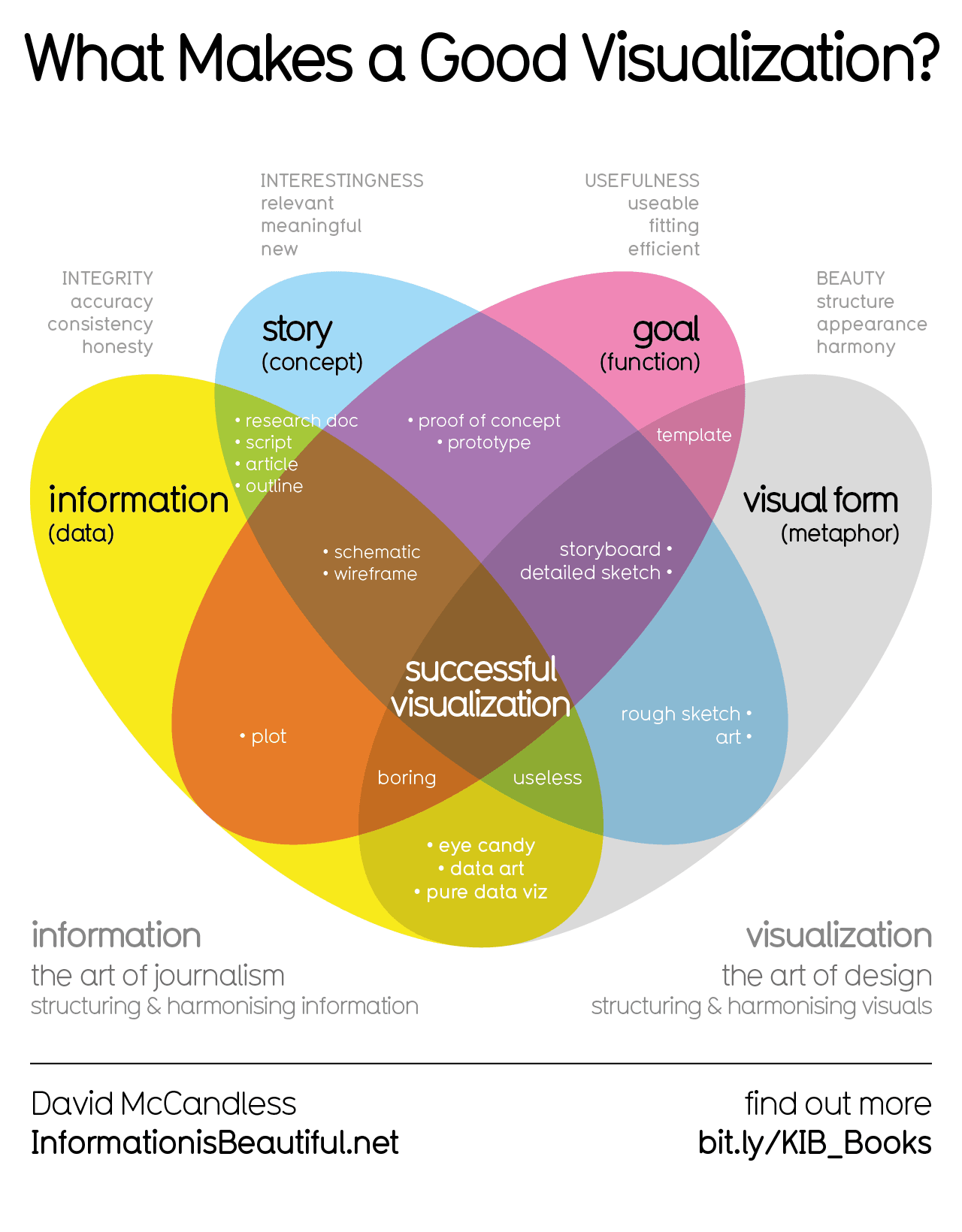 4·7 months ago
4·7 months agoI can’t confirm this for the people I know… why do you think it would have sold better than the original DS? People who bought the DS Lite probably didn’t already own the DS, and people who already owned the DS probably didn’t have a reason to buy the Lite version (apart from a new and sleeker design, I can’t remember any groundbreaking innovations that would justify buying another DS onsole for many people, unlike the DSi with its new camera function).

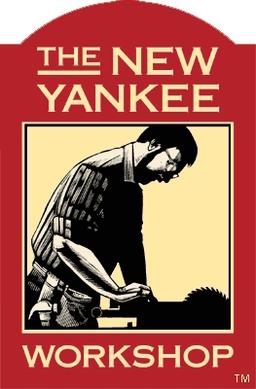 5·7 months ago
5·7 months agoYeah, me too! I had to take a second look to see that it’s actually a photo
Nice, just like a good old German fairytale
Dasselbe mit Kindern, wenn man selbst (noch) keine hat:
“Mimimi krieg erstmal selber welche, dann reden wir nochmal darüber”
hmm interessant… die Möglichkeit, Posts Sprachen zuzuordnen, scheint es bei Boost wohl nicht zu geben (ich greife hauptsächlich über das Handy auf Lemmy zu), aber ich werde mich nochmal genauer umschauen oder ansonsten halt über den Browser posten. Auf jeden Fall vielen Dank schonmal für den Hinweis, das kannte ich noch nicht!
In addition, the German language does not really differentiate between turtles and tortoises: both are called “shield toads”, but if you want to be more specific, you can say “water shield toads” or “land shield toads”, respectively.
I am absolutely interested!
Ich kann vermutlich noch nicht so viel beitragen, aber ich stolper immer mal wieder über kleine deutsche Lokalvereine zum Thema Nachhaltigkeit, die in einer englischsprachigen Community einfach keinen Platz haben, also wäre ich definitiv interessiert :)


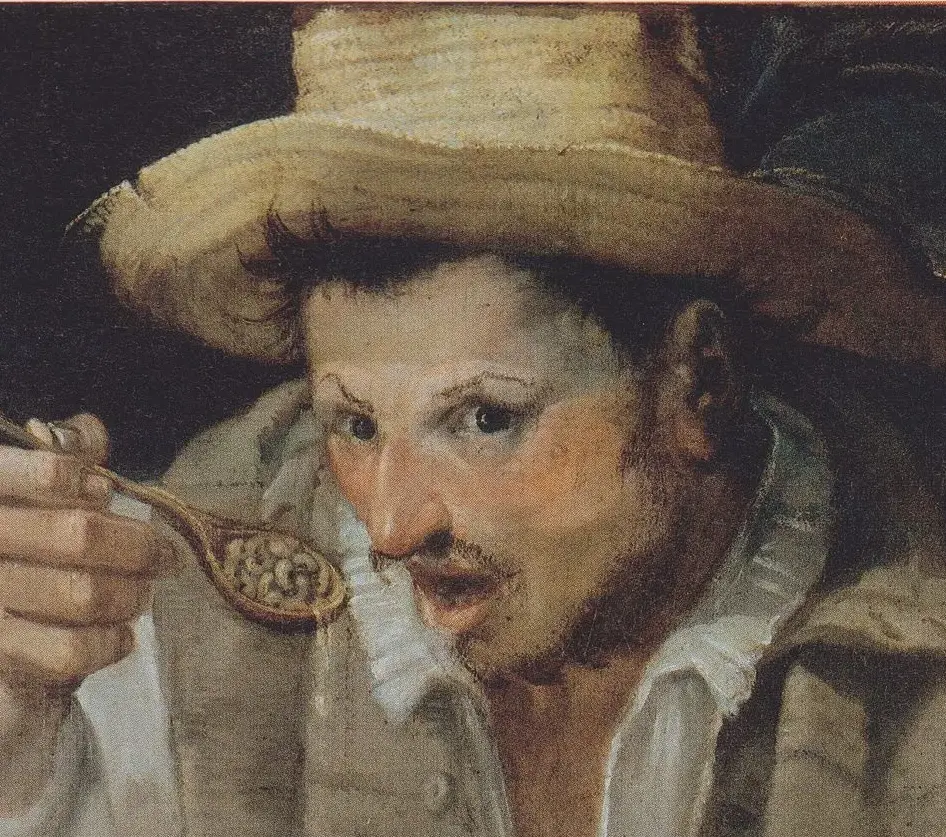





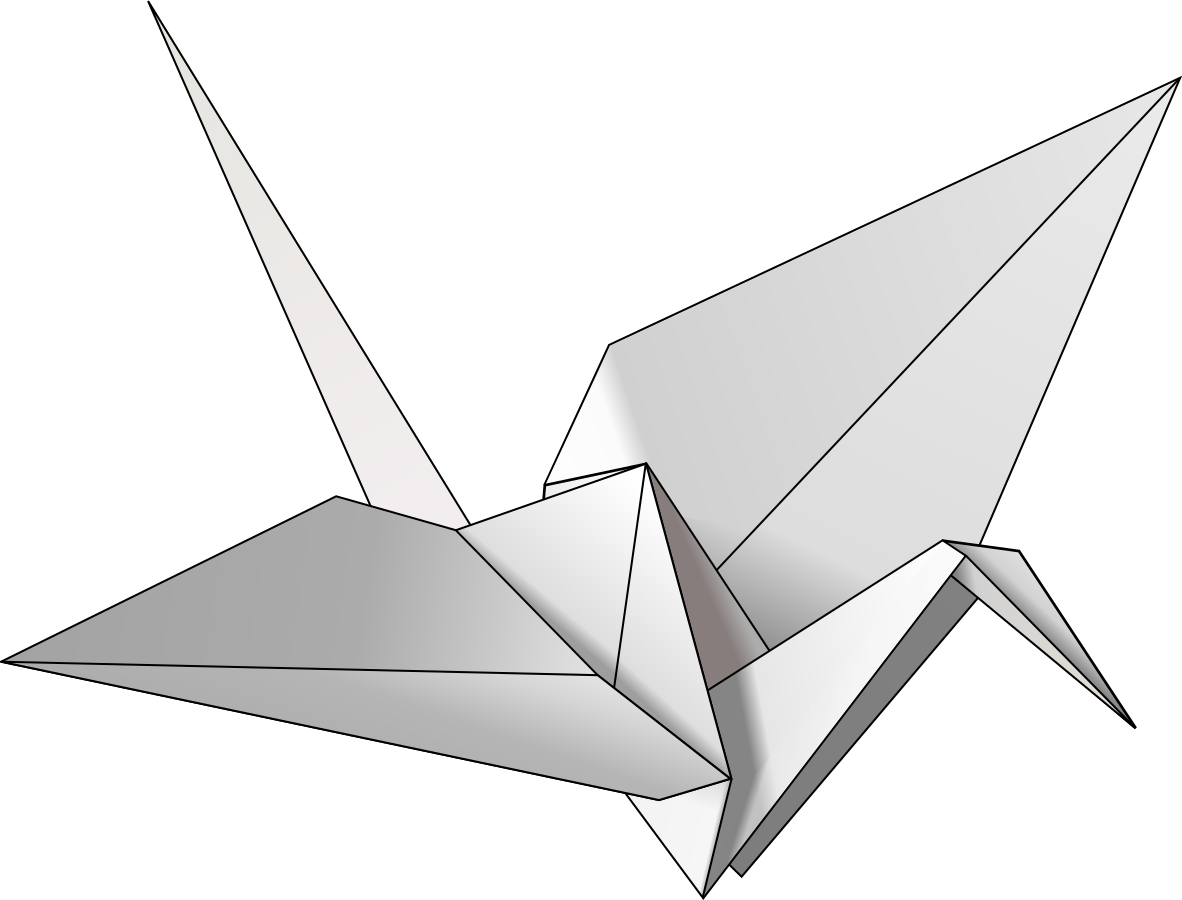
The German name for “bat” is “Fledermaus”, a compound word consisting of “Fleder” (a cognate of “flattern” = “to flap”) and “Maus” = “mouse”, so we Germans basically call a bat a flappy mouse :D